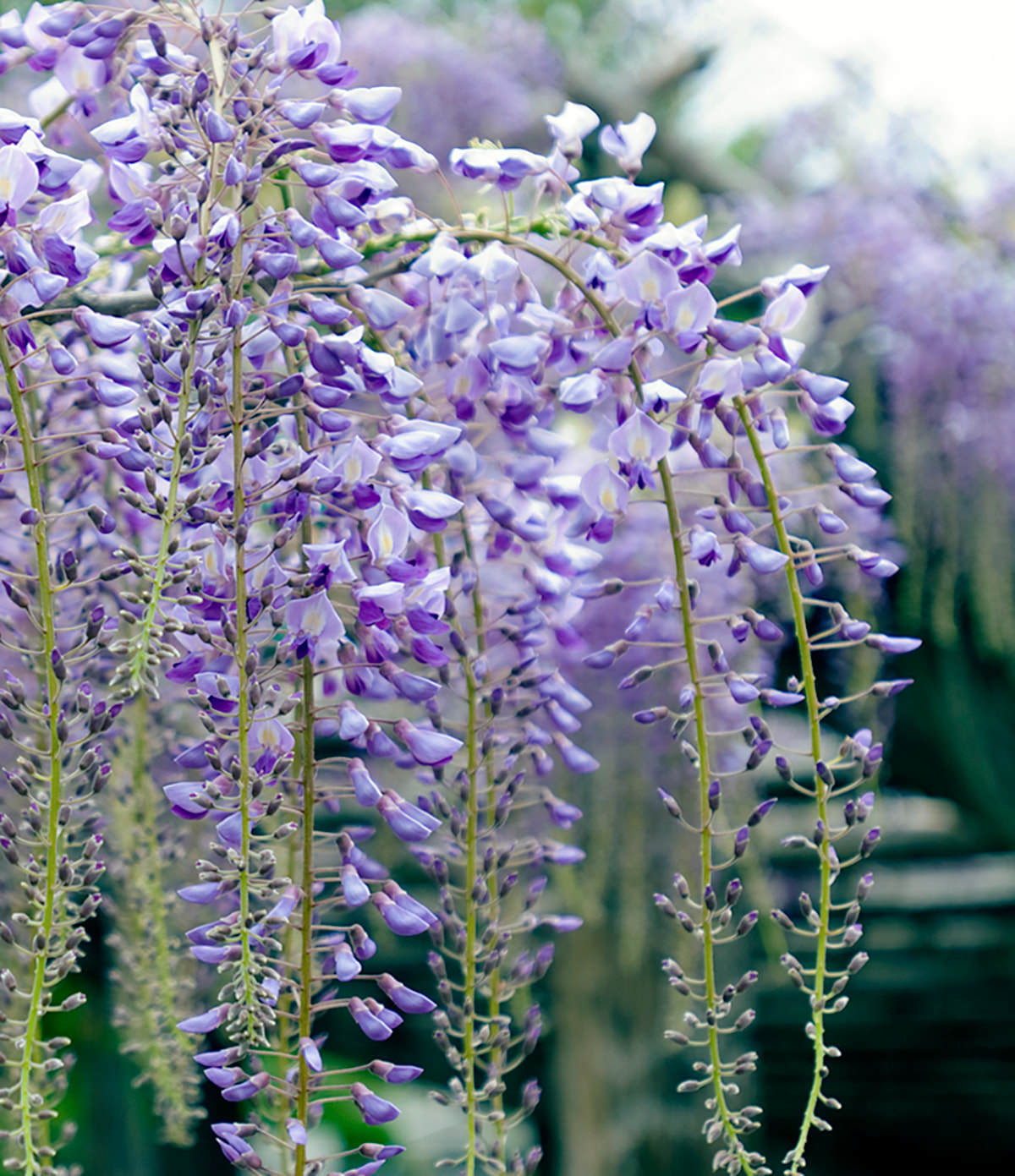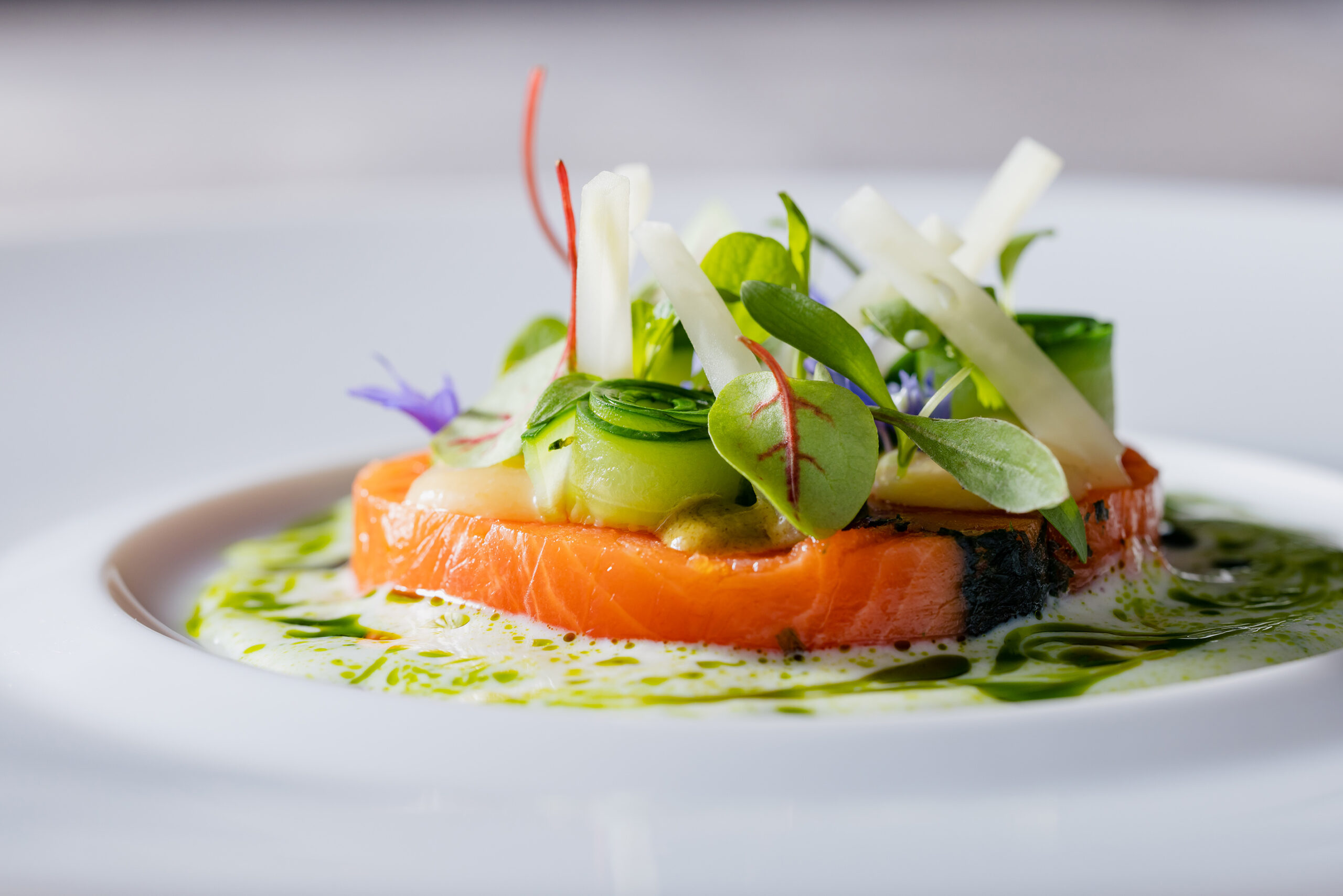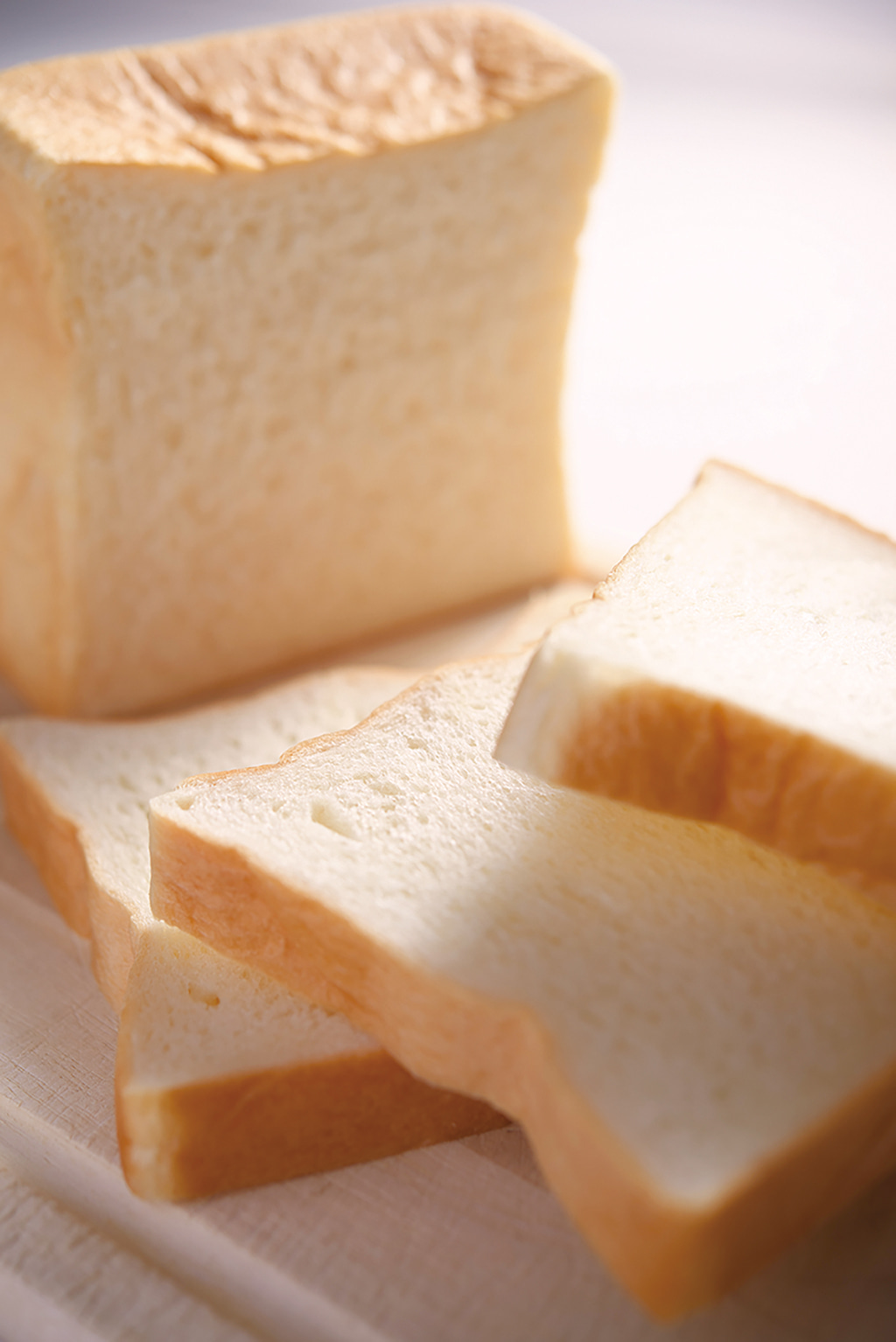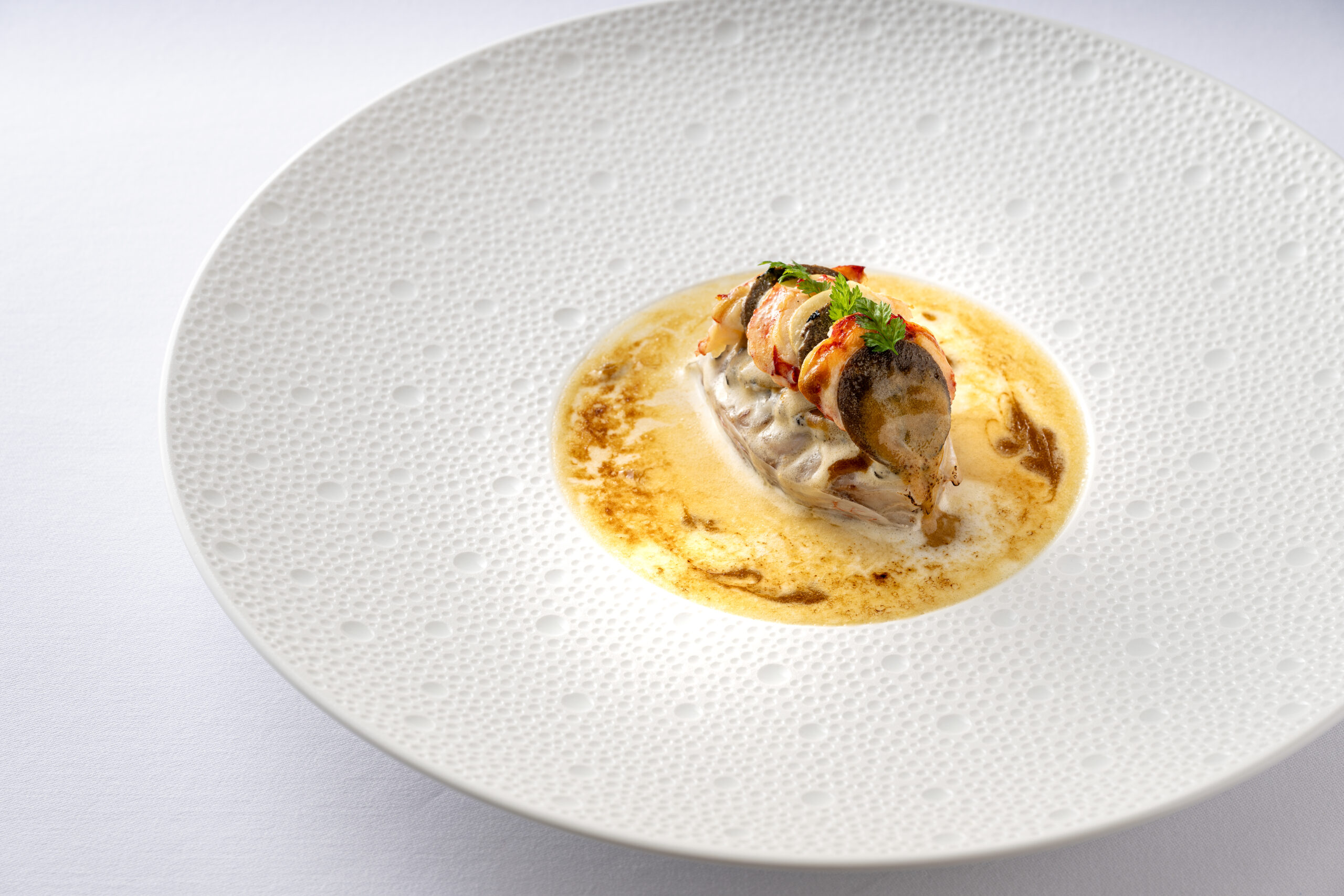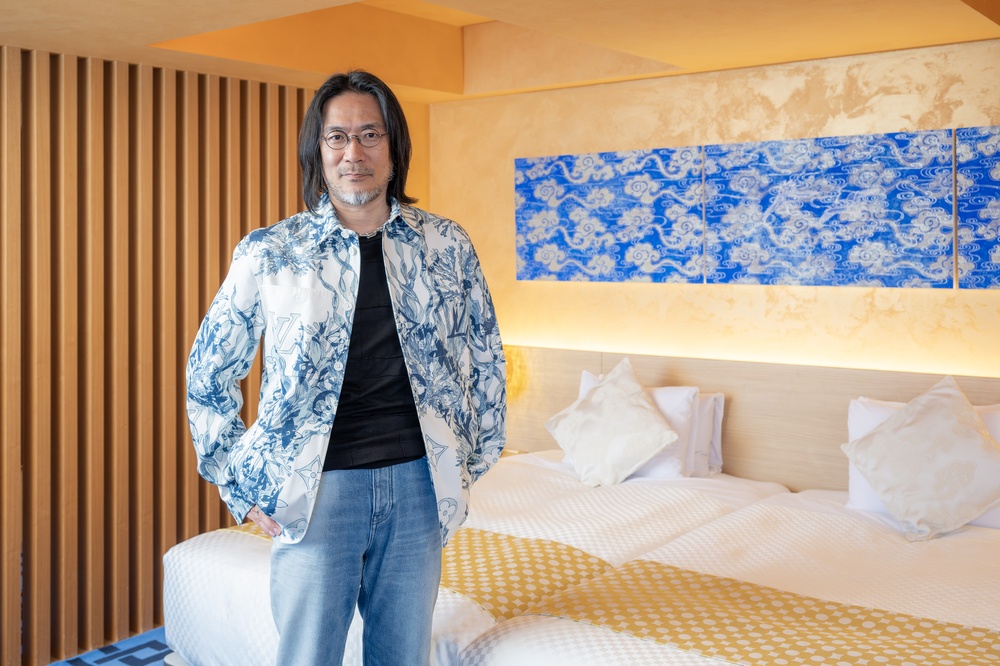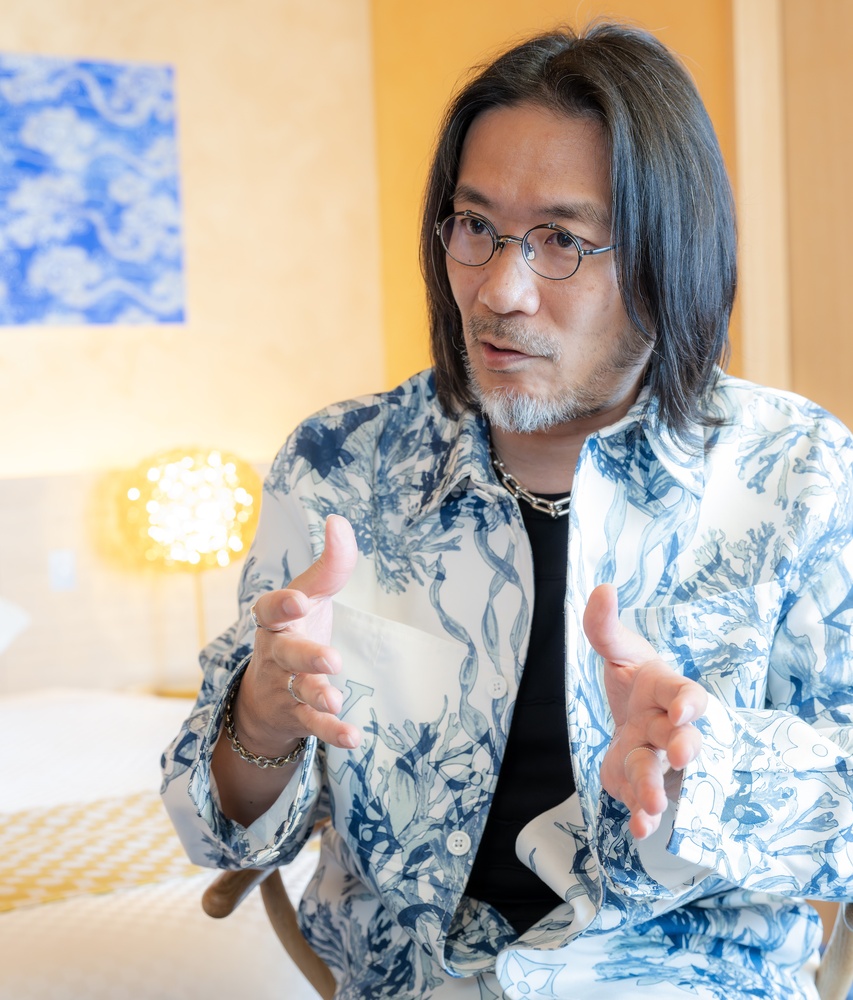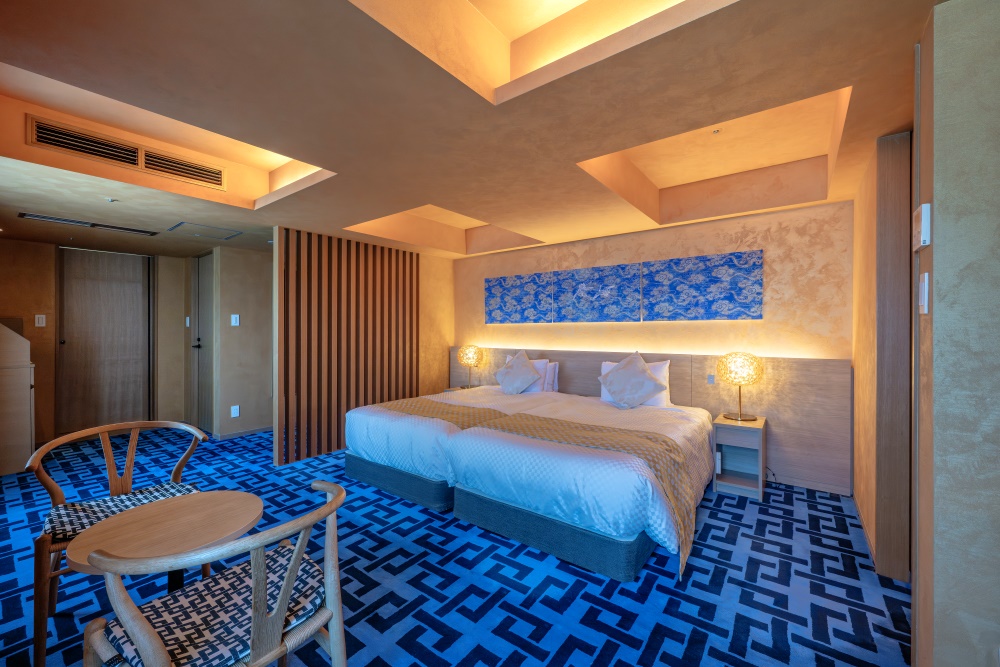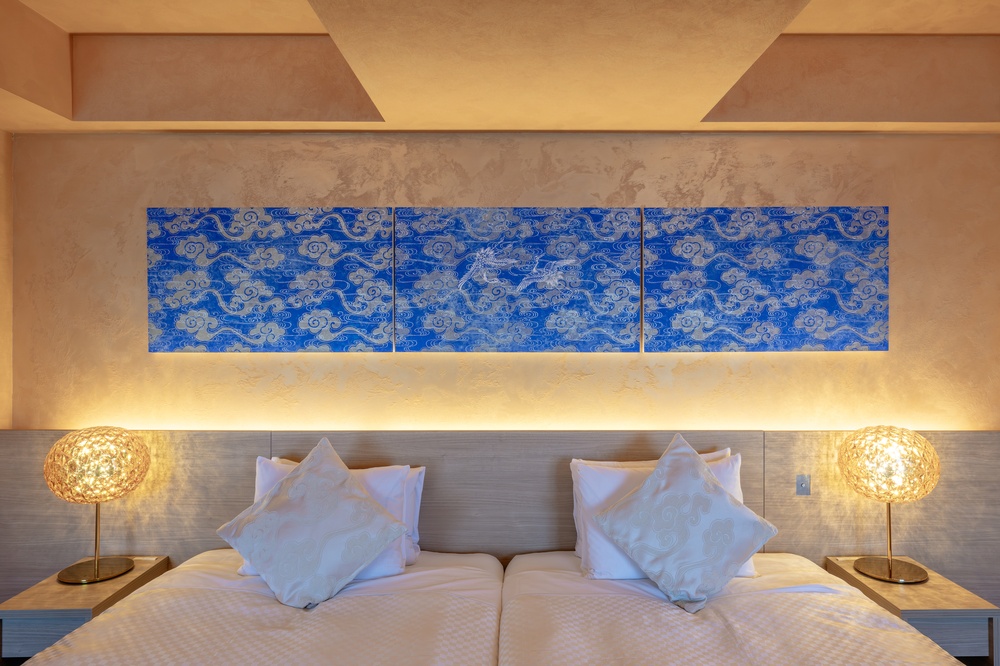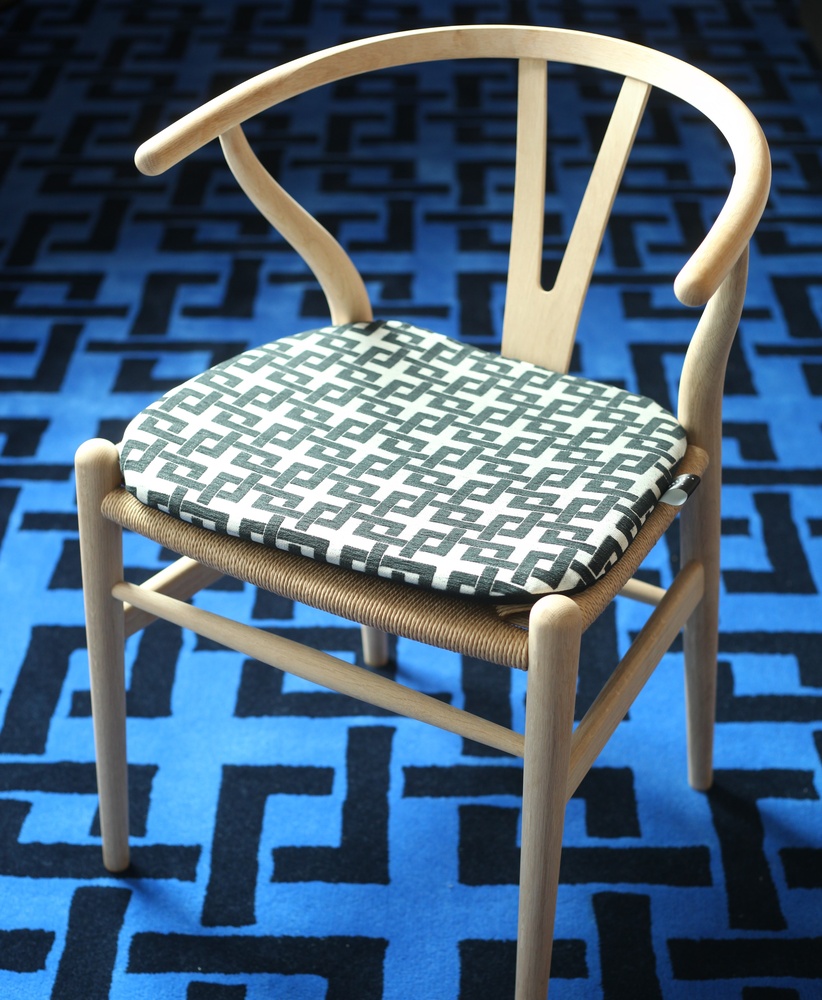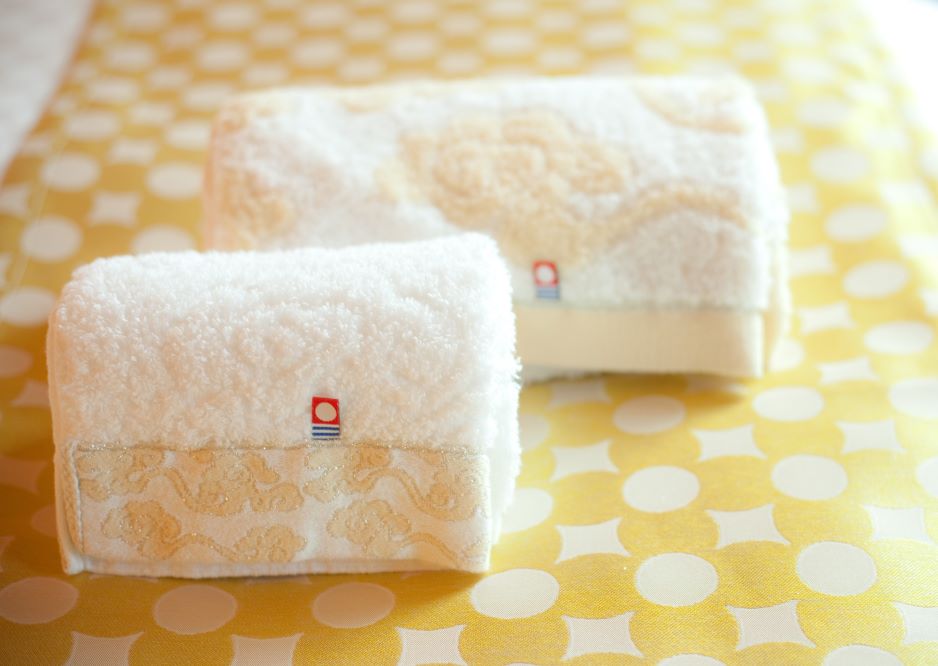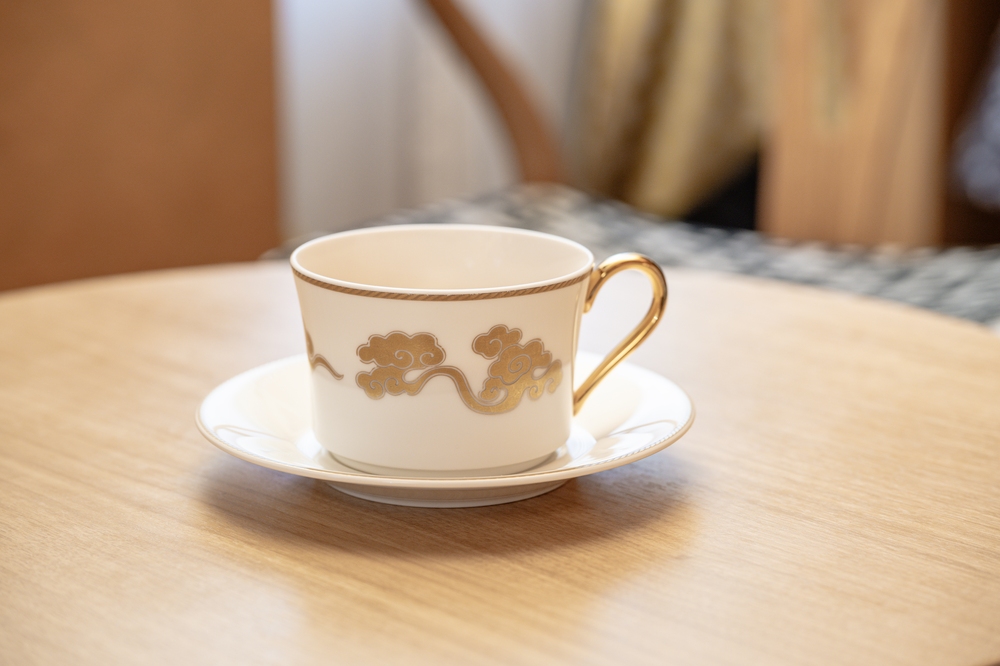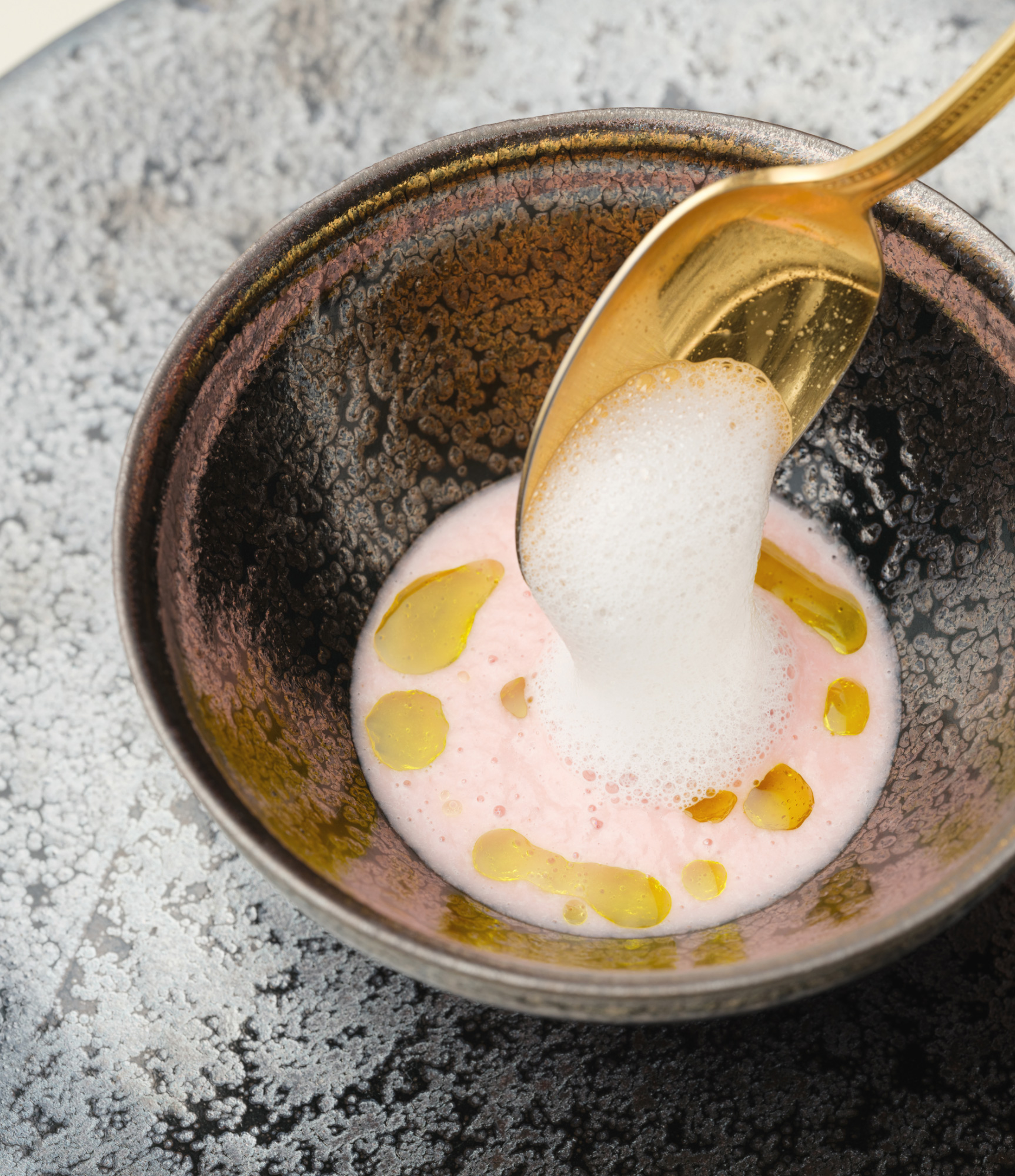
Kira Karacho: Patterns that Bring Happiness, A Path of Prayer
Royal Makers Vol. 4
Everything the RIHGA Royal Hotels offer, from the ingredients used in the restaurant to the amenities provided in each room, is produced by committed “makers.” In this series, we introduce you to the deep thoughts that the “makers” put into their creations and how the “hotel,” “makers,” and “guests” are all interconnected.
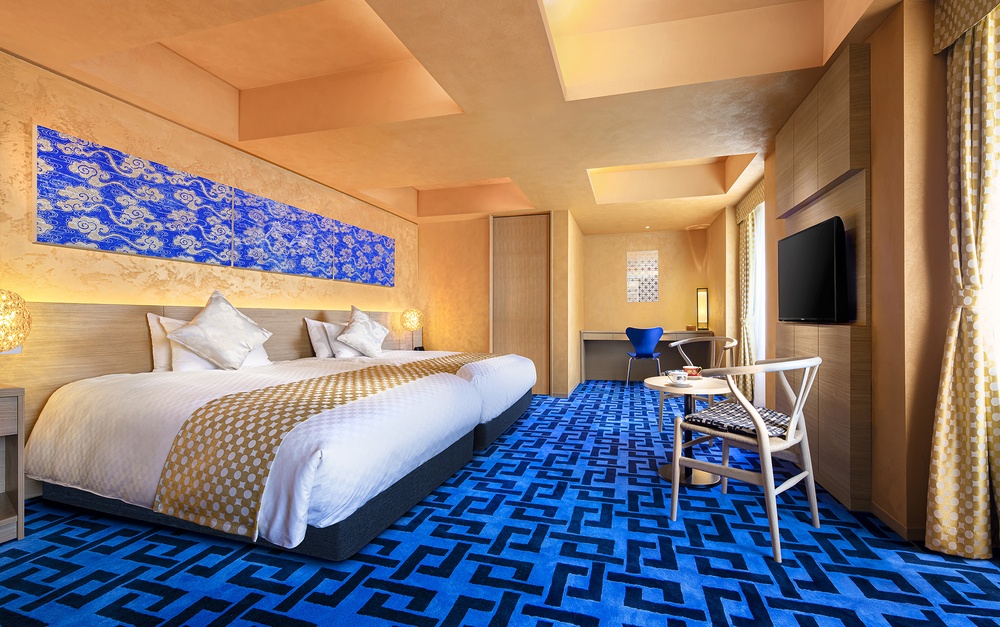
A miraculous karakami studio that has existed for over 400 years
Karacho was founded in Kyoto in 1624 (Kan’ei 1). The founder, Choemon I, was a samurai who guarded the Imperial Palace, but he left that position to become a karakami-shi (karakami artisan). He is said to have contributed to the beautiful and lavish Saga books (Saga-bon), produced as part of a court culture revival by Hon’ami Koetsu, Tawaraya Sotatsu, and Suminokura Soan. Karakami, introduced from China by Japanese envoys to the Tang court, served as writing paper during the Heian period, but eventually evolved into woodblock hand-printed decorative washi (Japanese paper). From the Kamakura period to the Muromachi period, it came to be used for interior decoration on partitions, folding screens, sliding doors, and the like. During the Edo period, nobles, samurai, townspeople, and tea masters all eagerly embraced karakami, creating a major trend. However, the boom eventually ended as lifestyles changed.
At the end of the Edo period, Kyoto had 13 karakami studios, but as time passed they closed down, one by one. The karakami studios in Tokyo and other areas also disappeared around this time. As people’s lifestyles changed due to Westernization in the Meiji era, Karacho was the only karakami studio that preserved the culture of karakami and continued operating.
Karacho possesses over 600 woodblocks. Most were lost in the great fire of 1788 (Tenmei 8), but these were remade afterward. These precious woodblocks were sometimes protected at the risk of life and are still passed down with great care today. Visiting this miraculous karakami studio, I spoke with Choemon Senda, the 13th generation of the Karacho lineage, who revived the title of karakami artisan about 15 years ago after it had fallen out of use. He assumed the hereditary name of Choemon for the first time in about 100 years when the studio celebrated the 400th anniversary of its founding last year.
Reproducing the invisible
“To transfer patterns from the woodblocks, we use a circular, tray-shaped tool called a furui. We place pigment on the furui and hand-print from the woodblock onto washi paper. Instead of using a tool like a baren, we rely on the sensation of our palms and gently stroke to transfer the image.
This is a technique passed down through generations, but what I focus on is transferring not just the colors and patterns but also the thoughts of our ancestors and the 400 years of history that the woodblocks carry. They say that gods dwell in the patterns. I believe that by transferring these invisible forces, we can capture beauty and touch people’s hearts, unlike printing or mechanical reproduction.”
From traditional Japanese rooms to the art world
“With traditional Japanese rooms disappearing, I’ve felt a growing sense of crisis for about 20 years that if we focused our main efforts only on sliding doors for Japanese rooms, our work would be limited and inevitably decline. Considering what to do, I realized that by removing the frames of sliding doors and having people appreciate karakami as contemporary art, we could create an environment where people around the world could love it too. For me, that was the path of art, and I began serious artistic activities around 2008.
My parents are grateful now, but at the time everyone around me thought I was a fool (laughs). They said it made no sense to call it art when we had 400 years of history as a traditional craft and customers who had supported us for many years. What changed their opinion, I think, was when my works were added to museum collections and displayed alongside paintings by Tawaraya Sotatsu. To create karakami as art, something that had never existed in the world before, I worked hard without getting discouraged, determined to change the system of society.
As an initiative looking 100 years into the future, I’m currently pursuing The Heisei Reiwa no Hyakumonyo Project (the 100 Patterns of Heisei and Reiwa). The aim is to add 100 new woodblocks. We are doing this because carvers disappeared as karakami culture declined, and new woodblocks haven’t been carved since the early Showa period. If this continues, our woodblocks will eventually decay, and people 100 years from now will be in trouble.
The Heisei era had its own way of thinking and social trends, as does the Reiwa era. I decided to take action to preserve the memories of people in today’s era and the patterns unique to our current time.
There are many traditions in the world, but anyone can do it if it’s just a matter of simple inheritance. I believe true inheritance means adding contemporary elements to create a hybrid and leaving the seeds for the future in an even better state.”
Guestrooms that make people happy
“KIN-UN (Golden Cloud) and GIN-GETSU (Silver Moon) were created as part of the 50th anniversary project of the RIHGA Royal Hotel Kyoto, which has previously been one of our partners. These concept rooms realized my desire to create guest rooms blanketed in patterns. For me, karakami is a culture of light, and when I think of light, I think of the sun and moon. I used that for inspiration in coordinating KIN-UN and GIN-GETSU. I also paid careful attention to the light that hits the artwork, deliberately creating shadows rather than illuminating everything. I think it looks quite different at night.”
The pattern on the panel features Tenpyo Ogumo (The Great Clouds of Tenpyo) and two cranes, expressed through the unique finger-dyeing technique of shifuku printing, which combines the Western pointillism technique known from use by Seurat and Van Gogh with tarashi-komi, the specialty of Tawaraya Sotatsu. Tenpyo Ogumo is an auspicious pattern that exemplifies Karacho, and since clouds bring rain, it symbolizes harvest and abundance. The image is of cranes flying in to bring happiness while you sleep.
The rug uses Kaku Tsunagi, symbolizing connection and prosperity, while the bed throw and curtains feature Nanban Shippo, expressing a wish for happiness to spread in all directions. The towels and the mirror are originals, while the furniture and lighting were selected by Karacho. This is a one-of-a-kind space where guests can experience the worldview of Karacho’s patterns, replete with positive energy.
Kira Karacho
Text by Akiko Kobayashi
<RIHGA Royal Hotel Kyoto>
Kira Karacho: Enjoy Time Immersed in Patterns of Happiness
at the RIHGA Royal Hotel Kyoto
The RIHGA Royal Hotel Kyoto offers rooms that are like works of art—where gold and silver radiance infuse the entire space, based on the theme of Kira Karacho’s “happiness enveloped in light and patterns,” and beautiful patterns imbued with people’s prayers and wishes are used throughout. Why not immerse yourself fully in the world of Kira Karacho.
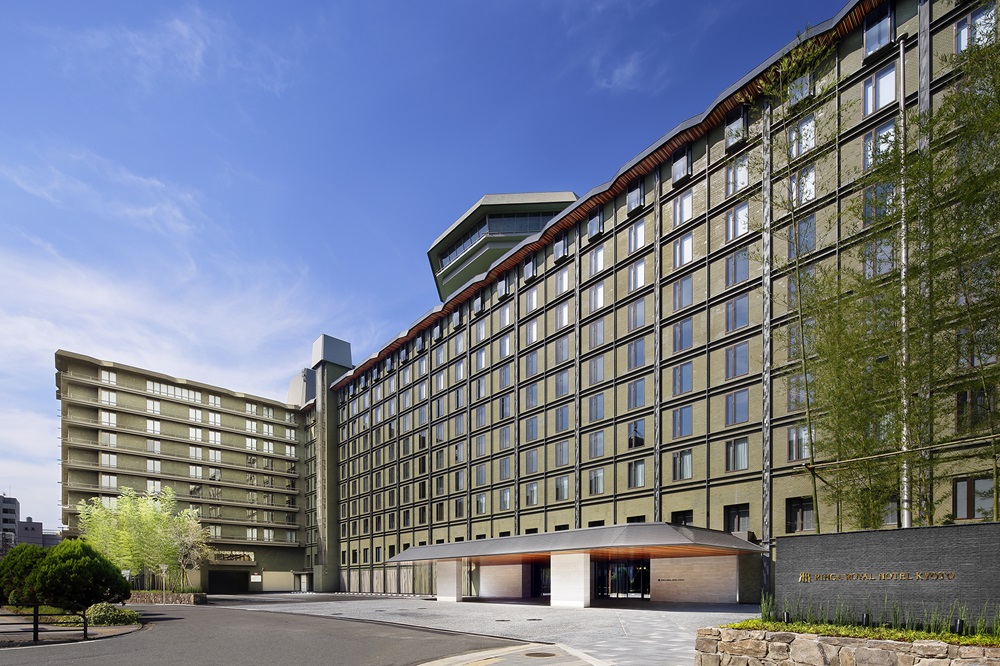
RIHGA Royal Hotel Kyoto
Phone: +81(0) 75-341-1121
1-Taimatsu-cho, Shiokoji-sagaru, HigashiHorikawa-dori, Shimogyo-ku, Kyoto
*Opening Hours may be subject to change without notice. Please check the Opening Hours before visiting.


